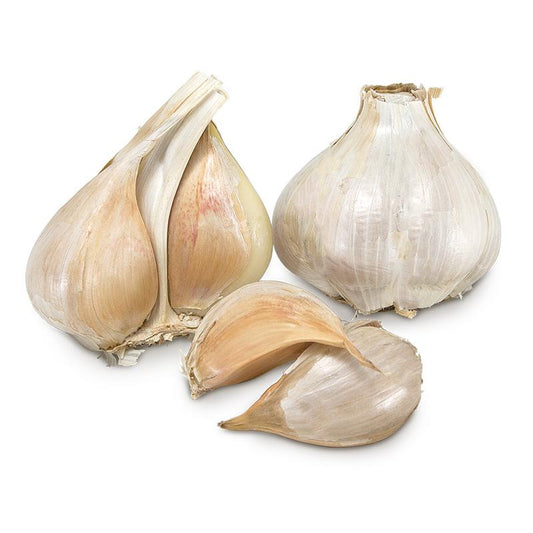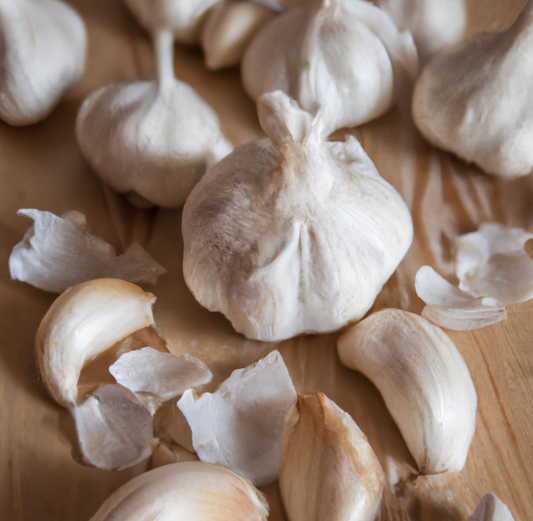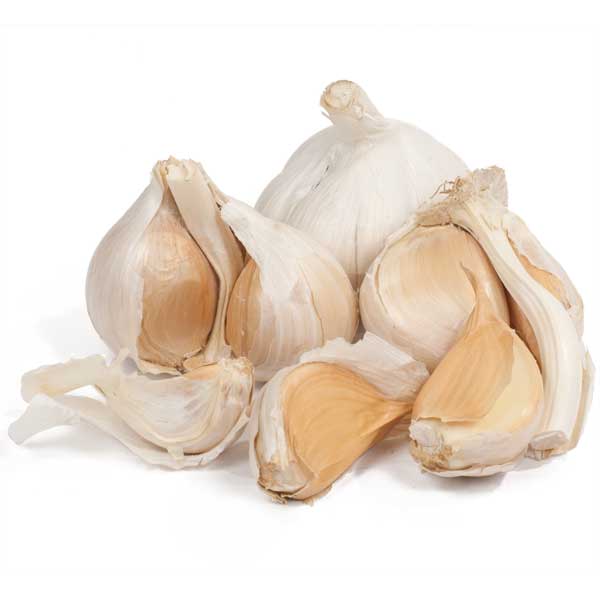-
Conventionally Grown Garlic, Elephant (lb)
Regular price $17.99Regular priceUnit price per$28.95Sale $17.99Sold out -
Organic Garlic, Elephant (Lb)
Regular price $19.99Regular priceUnit price per$33.95Sale $19.99Sold out






